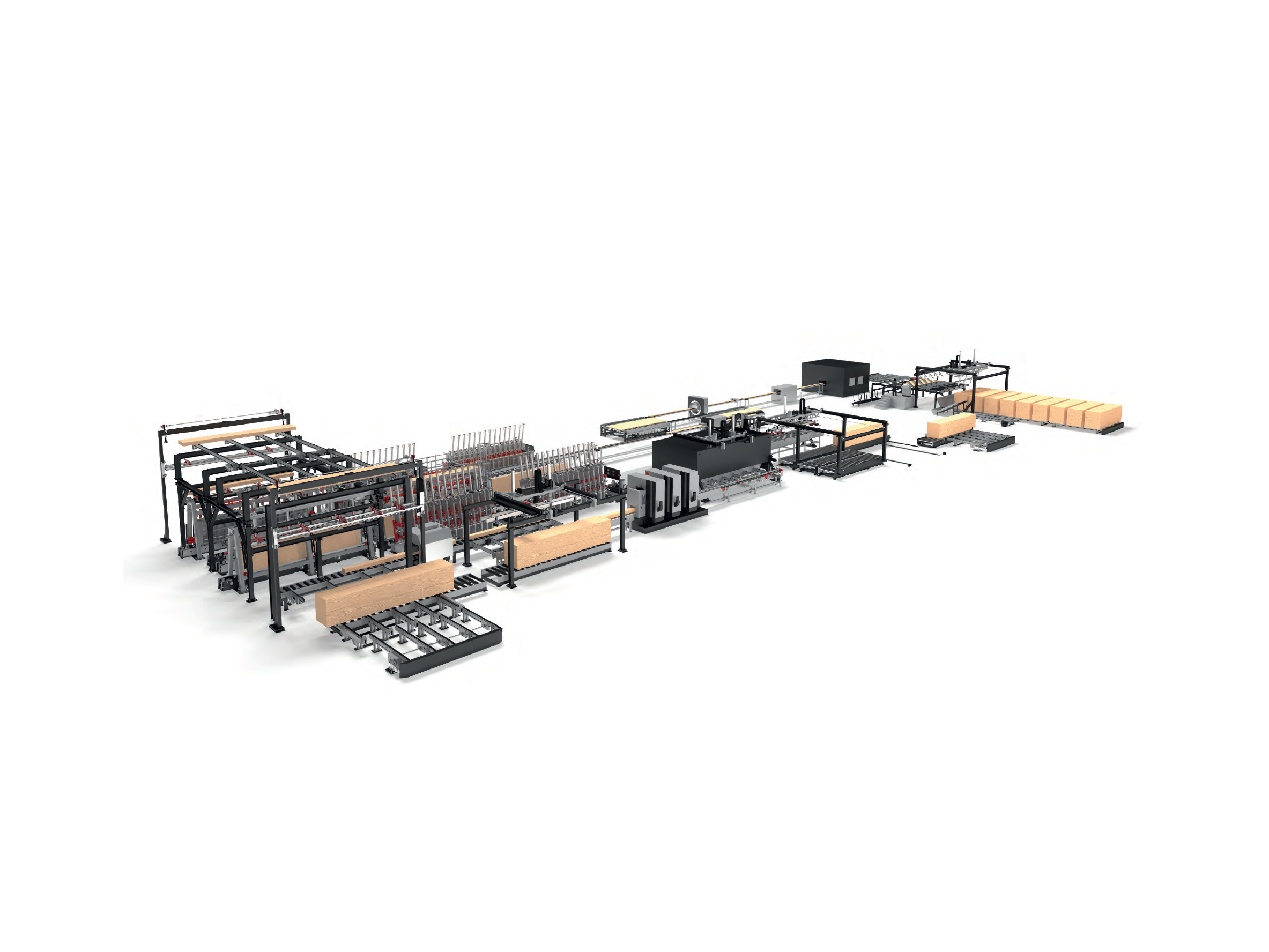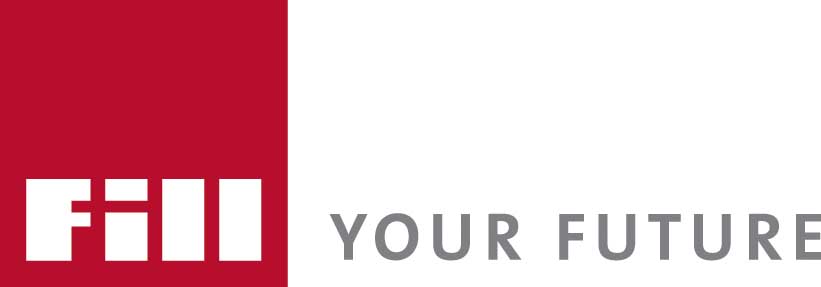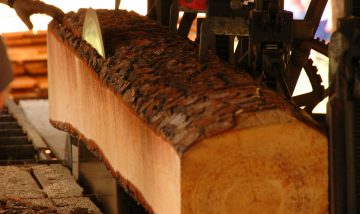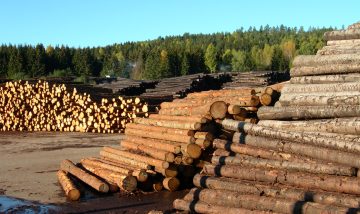Sustainable wood processing thanks to optimization
Gemeinsam mit der FILL Gesellschaft m.b.H. entwickelte die RISC Software GmbH eine Optimierungslösung für die Produktion von Leimbindern. Der dafür entwickelte Algorithmus berechnet den besten Zuschnitt und die optimale Anordnung der Bretter im Leimbinder, um das Holz möglichst effizient zu nutzen.
Maschinen- und Anlagenbauer wollen für ihre Kunden gewährleisten, dass die Maschine bzw. Anlage im Betrieb das Rohmaterial für jede mögliche Produktkonfiguration (Losgröße 1) optimal nutzt. Daher ist der Einsatz von Optimierungsmethoden naheliegend. Für die FILL Gesellschaft m.b.H. wurde von der RISC Software GmbH eine Optimierung zur Maschinensteuerung für die Produktion von Leimbindern konzipiert und implementiert. Leimbinder sind in Lagen übereinander gelegte, verleimte Bretter, die wegen ihrer besonderen Eigenschaften im Holzbau und der Raumgestaltung eingesetzt werden. Um solche Leimbinder herzustellen, wird zunächst das Rohmaterial, die Bretter, am Eingang der Maschine gescannt. Dabei werden nutzbare und unbrauchbare Bereiche, wie abgeschlagene Ränder oder Äste, identifiziert. Der implementierte Optimierungsalgorithmus berechnet dann für diese gescannten Bretter den aktuellen Zustand der Maschine und die gegebene Produktkonfiguration, wie die Bretter in optimaler Weise geschnitten und im Leimbinder verwendet werden sollen, um möglichst wenig verwendbares Holz zu verschneiden. Dabei kann die Reihenfolge der Bretter geändert werden, und es können Teilstücke von Brettern für den späteren Einsatz zwischengepuffert werden. Auf diese Weise werden die Leimbinder Lage für Lage aufgebaut und die einzelnen Lagen verleimt. Die fertigen Leimbinder werden anschließend in nachgelagerten Produktionsschritten weiterverarbeitet.

Bild: Mittellagenproduktion © FILL Gesellschaft m.b.H.
Da steckt Mathematik drin
Die Produktionsanlage in der Holzverarbeitung arbeitet nach einer vorgegebenen Taktzeit von ca. 2 Sekunden. Innerhalb dieser Taktzeit müssen die Berechnung der nächsten Bearbeitungsschritte und die Übermittlung der Befehle an die Steuerung erfolgen. Angesichts der Vielfältigkeit des Eingabematerials und der möglichen Produktkonfigurationen ergeben sich jedoch unzählige Lösungsvarianten, die es in dieser kurzen Zeit zu evaluieren gilt. Somit ist es trotz der hohen Rechenleistung moderner Computer notwendig, die eingesetzten Optimierungsalgorithmen speziell auf die Aspekte Taktzeit und Qualität hin zu entwerfen, um für die konkrete Problemstellung in der vorgegebenen Zeit die optimale Lösung berechnen zu können. Die Optimierungslösung für die FILL Gesellschaft m.b.H. ist seit dem ersten Quartal 2019 erfolgreich im operativen Einsatz.

Bild: Leimbinder mit zwei fertig gestellten Lagen (0 und 1) und einer unvollständigen Lage (2). Die vertikalen, grauen Bereiche definieren Zonen, in denen keine Bretter enden dürfen. © RISC Software GmbH

Bild: Beispiel eines gescannten Bretts; die dunkel markierten Bereiche dürfen nicht verwendet werden, die hellen Bereiche können verwendet werden. © RISC Software GmbH
Projektpartner

Details zum Projekt
- Projekt-Kurztitel: LeimOpt
- Projekt-Langtitel: Nachhaltige Holzverarbeitung dank Optimierung
- Projektpartner*innen:
- FILL Gesellschaft m.b.H
- Laufzeit: 10/2018-05/2019
Kontakt
Projektleitung

Dr. Michael Bögl
Mathematical Optimization Specialist





